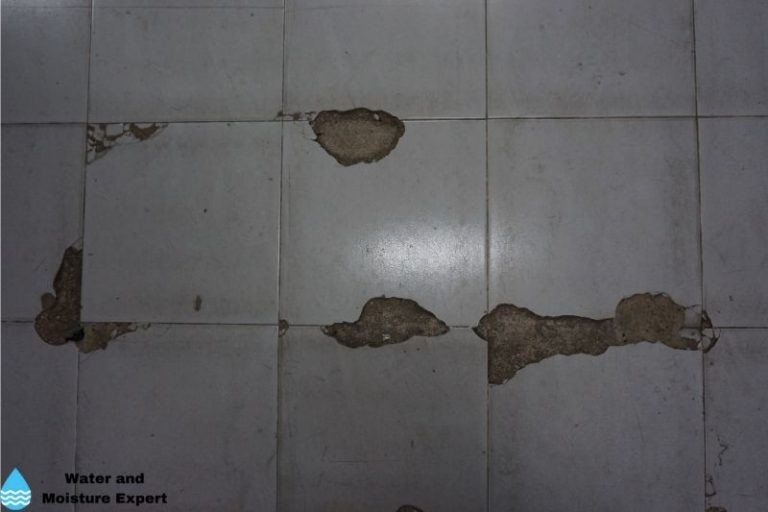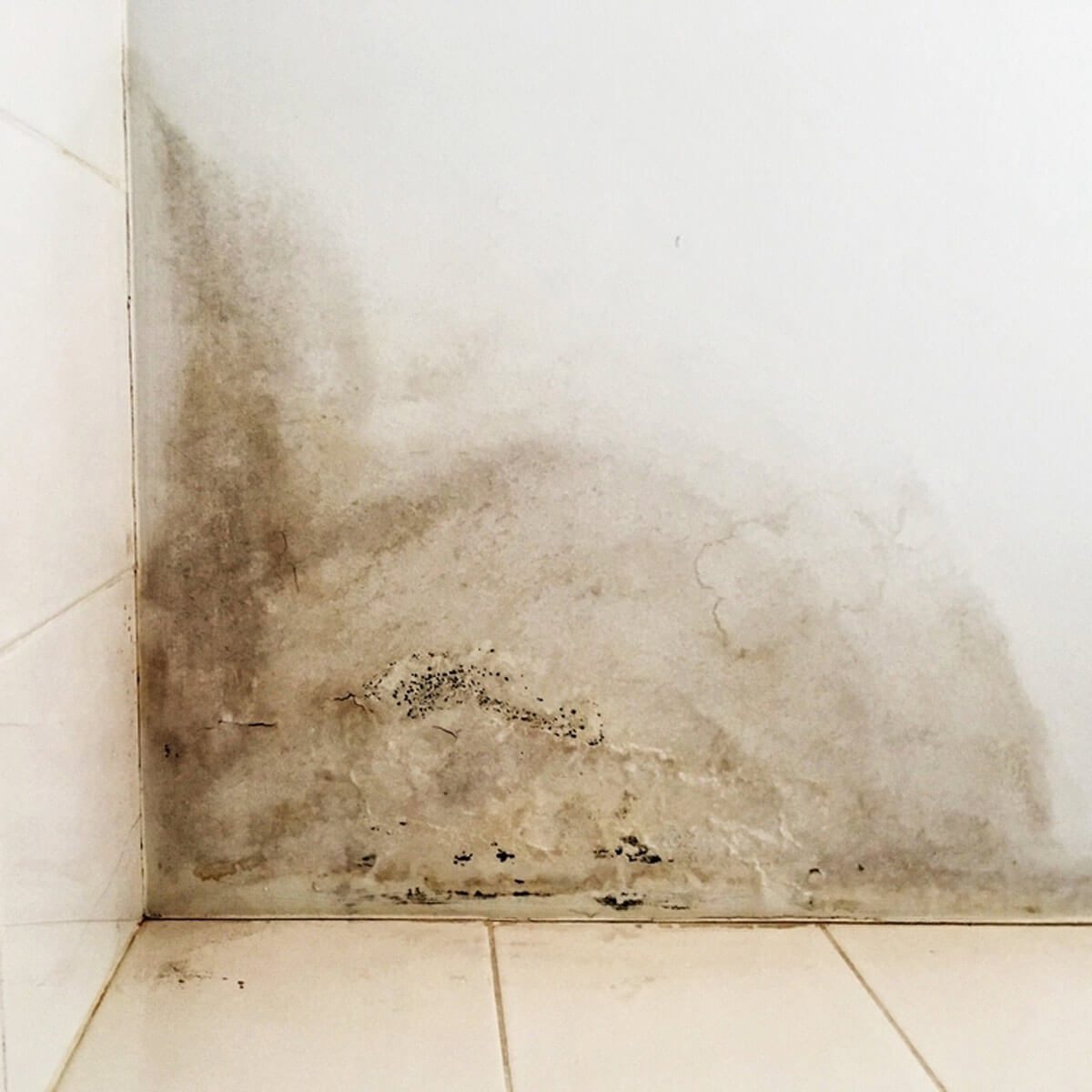Bathroom Water Damage - Ways To Stop This Happening
DetailsDo you find yourself on the lookout for details on Looking for Signs of Water Damage in the Bathroom?

The bathroom is very prone for wet buildup as well as potential water damage because of the constant use water in it. This write-up offers simple evaluation strategies to help discovering water damages threats.
The constant use of water in the washroom makes it incredibly susceptible for moist build-up and also potential water damage. By examining it regularly, you can decrease water relevant damages.
The adhering to collection of assessments is simple to do as well as ought to be done when in every 3 months in order to keep your bathroom in good shape as well as to prevent prospective water damages brought on by the tub, the shower, pipeline joints and plumbing, sinks, cabinets, and the bathroom
Do not neglect performing these evaluations and be detailed while performing them. Keep in mind that these basic evaluations can save you a great deal of cash by giving early signs for water damage
Sinks and also Cabinets
Sinks as well as closets are exposed to dampness as well as moisture everyday and are typically ignored. Evaluate regularly under the sink and on the counter top above it. Fix any drip in the catch as it might suggest drainpipe problems. Look around the sink, sluggish draining pipes may suggest an obstructed drain. Change sink seals if they are split or loose.
Bathtub and Shower
The shower and also tub call for special attention and upkeep. Examine the ceramic tiles as well as change if broken. Make certain that there is no missing cement between the tiles. Check and replace split caulking at joints where the wall surfaces meet the flooring or the bath tub. Blocked drains and also pipelines problems will prevent the tub from drying out and also might suggest serious issues under the bath tub. Talk to a specialist right away to stop architectural damage. Take note of discolorations or soft locations around the tub walls as they may suggest an internal leak.
Plumbing
Signs for water damages are difficult to find since most pipes are installed inside the walls.
Pay special interest to floor covering and also wall surfaces moisture and also spots as they might suggest an unnoticeable plumbing issue. Inspect dampness levels in adjacent rooms too.
The Commode
The commode is a vulnerable water joint. Examine the water lines and search for leaks around the bathroom seat, in the hose pipe, as well as under the water container. If you detect any type of signs of dampness on the floor around the toilet, check for leaks in the toilet edge and tank seals.
Understand that hanging toilet dish antiperspirants raises the chances for obstructions.
Water Damage Signs In The Bathroom To Avoid Cleanup
Musty smell
This is one of the easiest signs to catch because musty smells are so odorous. The damp, earthy, moldy smell should be a big red flag. The smell will develop when moisture gets trapped in surfaces, and begins to facilitate mold growth. Leaking pipes under cabinets, inside walls, and behind shower fixtures will cause moisture to stay trapped and not dry, which will lead to mold growth and spread. As soon as you notice any musty smells in your bathroom, have it checked for hidden water damage and cleanup signs.
Visible mold
If the smell isn’t there to give it away, sometimes you will actually see mold growth. Finding mold in your bathroom is a serious problem, because mold is very harmful to your health. By the time mold growth is visible, it also means that water damage has already occurred and been present for some time. The only way the mold problem can be resolved is to find the source of the moisture and get it stopped. To safely and adequately remove mold, you need to have professionals handle the remediation. Do not waste any time in getting mold problems addressed, fixed, and sanitized so that you can protect you and your family from the many respiratory symptoms caused by mold exposure.
Damaged floors
Bathroom floors should be able to withstand some exposure to water while still remaining in good condition. However, when excess exposure or water leaks occur, they will begin to damage even the most water-resistant flooring. If you notice any cracking, bubbling, staining, or warping on your bathroom floors, there is probably a water leak somewhere causing the distortion. If you notice areas of the floor have become softer, or even have a spongy feeling, there is probably damage to the subfloor. Subflooring is typically made up of plywood. When plywood is exposed to water or moisture, it will absorb it. Once it has become saturated, the weight of the excess water will cause the wood to swell and soften. Check the floors in your bathroom frequently to catch any of these sings before they lead to damaged subflooring.
Changes on walls
When water leaks behind walls, it will cause changes in the drywall. Peeling plaster, blistering paint, and soggy wallpaper are all good indicators that excess water is building up behind the wall. Water leaking behind drywall will cause it to swell and be soft to the tough. If you start to notice gaps along the trim of your walls, or where tile meets the wall, it could also be a strong indicator that there is a leak behind the wall. Any changes, distortion, or damage on the walls should be evaluated as soon as you notice it to prevent further water damage and cleanup.

I'm just very enthusiastic about Preventing Water Damage in the Bathroom and I hope you liked our post. Sharing is caring. Helping others is fun. Thank you so much for going through it.
Contact Us Now